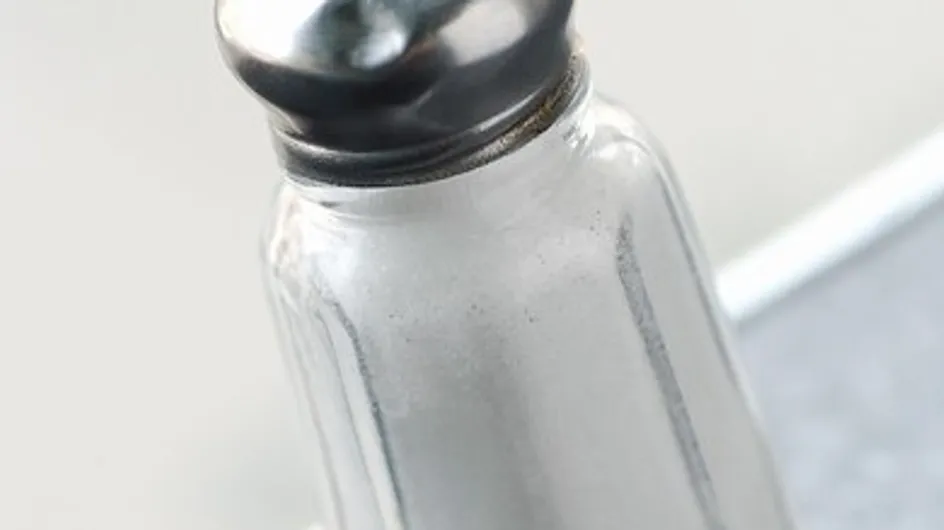Humans are naturally attracted to salt and, as a result, we eat too much of the stuff (around 10g per day, whereas the recommendation is 4 to 5g). The problem with salt is that we usually eat it without realising, mainly because the food industry adds to much of it to products. Eating too much salt is bad for your health and also bad for your figure. Here's our advice on salt and how to get out of the habit of eating too much of it.
Ambiguity
Salt, or sodium chloride, is necessary for the body to function, for its potasium and sodium content which maintains water balance in the body. If you don't get enough salt, you can suffer dehydration. Salt is also used in seasoning to bring out the flavour of tasteless food; without it, food we usually add it to can be bland.
However, consuming too much salt (more than 4 to 5g a day) can damage health: it upsets your stomach, increases calcium loss in the kidneys and, above all, increases the risk of high blood pressure, itself a source of cardiac and cerebral illness. Any overconsumption also makes water retention and swelling worse. Salt also sharpens the tastebuds and increases appetite. The saltier the dish, the more likely you are to want seconds, so it can, indirectly, be responsible for weight gain.
Why do we eat too much salt?
Generally speaking, we eat too much salt not because we add too much table salt but because many of the foods we eat contain added salt. Three quarters of the salt that we eat actually comes from foods with salt added during cooking or industrial refinement: bread and other baked carbs, cured and dried meat, cheese, ready-made dishes, pizza, quiches, pre-prepared soups, sandwiches, breakfast cereals and even fruit juice, sweet dairy produce, biscuits, etc. Here are a few examples of the salt content of foods:
100g ketchup = 4g
1 bowl of soup (250ml) = 2.5g
1 slice of pizza (200g) = 2.6g
50g cornflakes = 1g
1 slice of white bread = 0.5g
1 slice of ham (45g) = 0.8g
1 fruit yoghurt = 0.2g
150g of smoked herring = 2g
40g cheese = 0.4g
1 chocolate eclair = 0.4g
6 biscuits = 0.5g
How to eat less salt
You need to stick to the right amound of salt if you want to preserve your health, which may mean changing your food habits for good, even if foods seem tasteless. After around 3 or 4 weeks, your tastebuds will become more sensitive to the taste of salt and will be content with less salt.
- Don't put the salt shaker on the table. We often add salt to our food without even tasting it! Add it when you're cooking and put in just what you need. And don't use rock salt (the crystals are larger, so you eat more). Use LoSalt or other types which are a mixture of salt, spices, vitamins and minerals (available in chemists and supermarkets).
- Limit your intake of salty food such as dried meat, cheese, preserves, ready meals and other salty meat. Tread carefully also with sparkling mineral water, which can often contain lots.
- Don't eat meals that contain more than 1g of salt per portion. The content of salt is often indicated on the packaging, or use the sodium content and multiply by 2.5.
- Cheat. The flavour appeal of salt can be replaced with other seasoning, flavouring, herbs and spices that can also help bring out the taste of food better.
- Eat lots of fruit and vegetables. They are rich in potassium which partly neutralises the harmful effects of salt.













